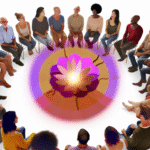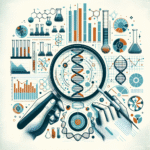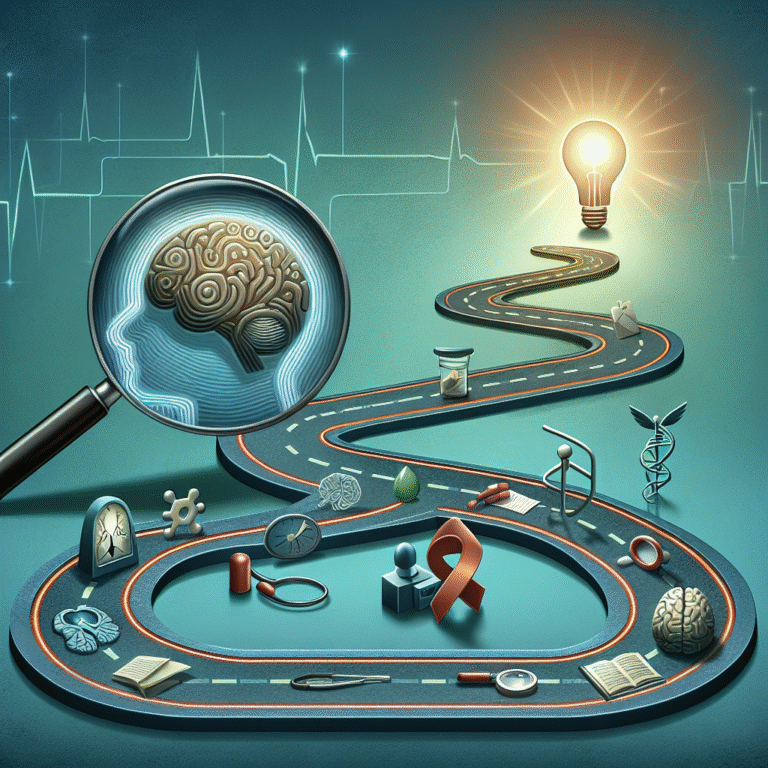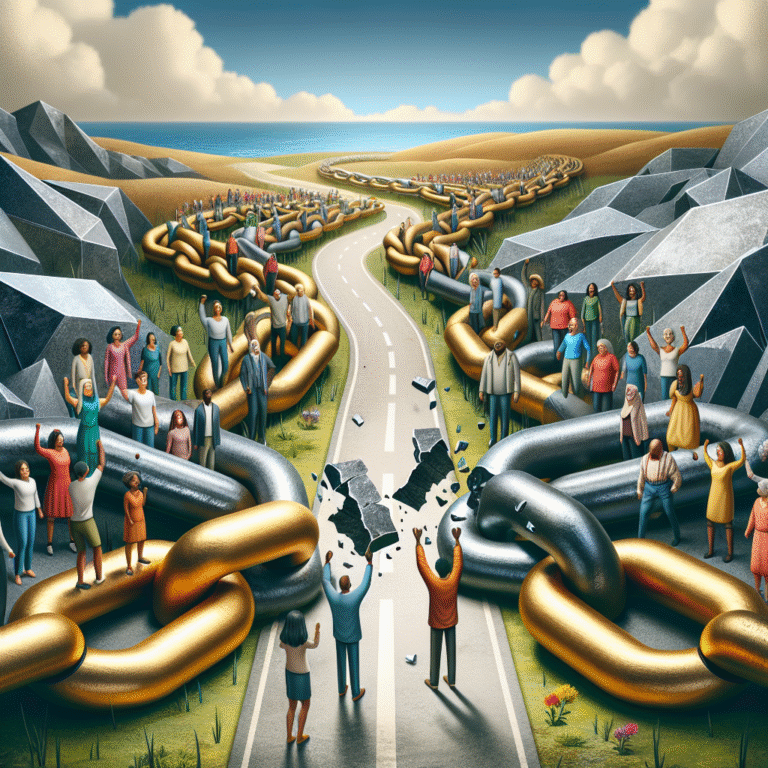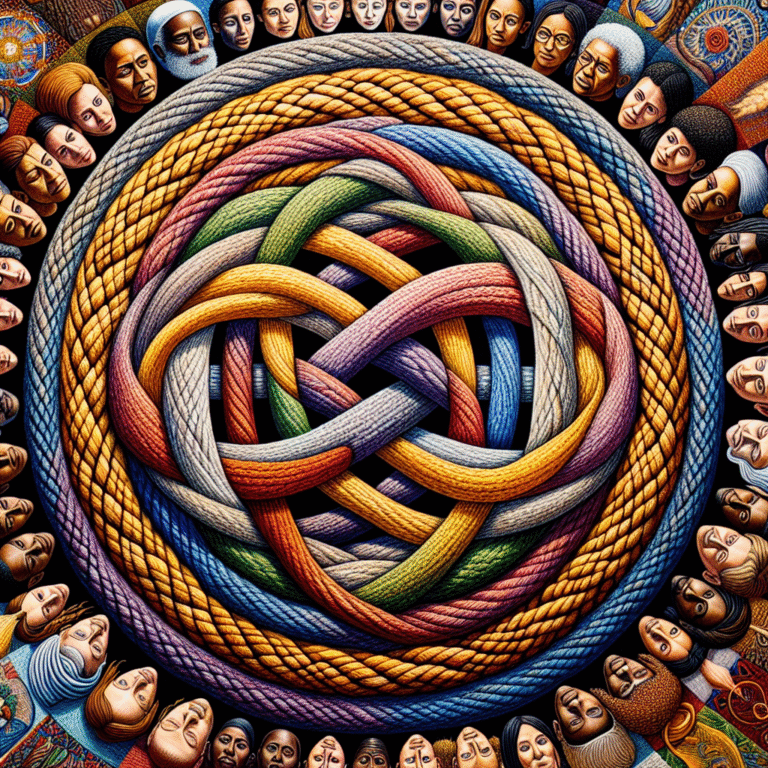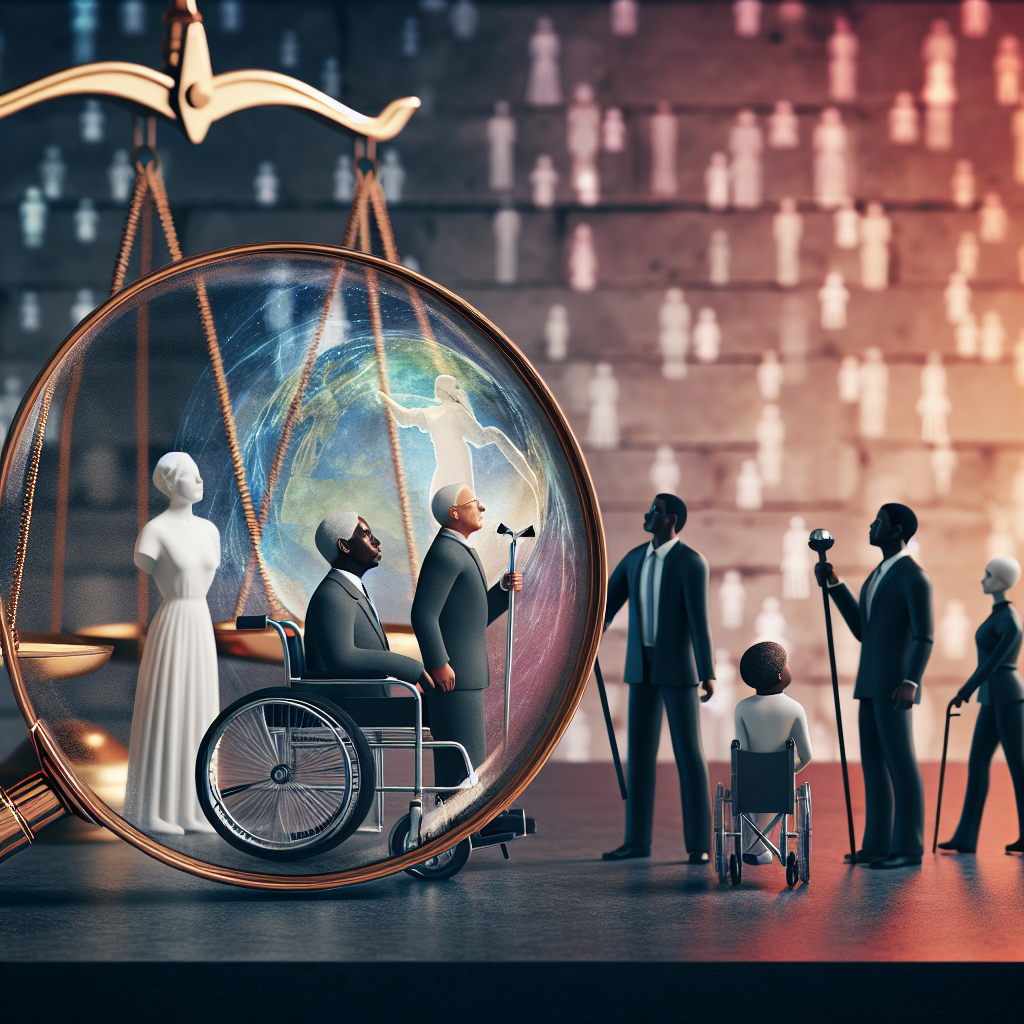
Introduction
In today’s society, we often celebrate diversity and advocate for inclusion, yet many voices remain unheard, particularly those at the intersections of multiple marginalized identities. When we examine The Impact of Intersectionality on Disability Rights: A Closer Look, we uncover a complex landscape where race, gender, socioeconomic status, and sexuality converge with disability. Understanding this interaction not only humanizes disability rights but also strengthens our fight for comprehensive, equitable policies.
As we delve into this essential topic, we will explore real-world case studies that bring to life the challenges faced by those who navigate multiple forms of oppression. Let’s unravel the layers of intersectionality and its pivotal role in advancing disability rights.
Understanding Intersectionality
What is Intersectionality?
Coined by legal scholar Kimberlé Crenshaw in the late 1980s, intersectionality refers to how various social identities—such as race, gender, class, and disability—intersect to create unique experiences of discrimination or privilege. In the context of disability rights, intersectionality reminds us that not all individuals experience disability in the same way.
Table 1: Different Social Identities and Their Effects on Disability Experiences
| Identity | Potential Challenges | Unique Needs |
|---|---|---|
| Race | Stereotyping, systemic racism | Culturally sensitive accommodations |
| Gender | Gender-based violence, sexism | Safe environments and support |
| Socioeconomic | Limited access to healthcare and resources | Financial aid, community support |
| Sexuality | Stigma, discrimination | Affirmative spaces and representation |
| Disability | Social stigma, access barriers | Inclusive policies |
The Need for an Intersectional Approach in Disability Rights
An intersectional approach to disability rights emphasizes that strategies and policies must be tailored to look beyond disability alone. People may face compounded barriers that can hinder access to resources, healthcare, education, and employment.
When discussing The Impact of Intersectionality on Disability Rights: A Closer Look, it becomes clear that legislation focused solely on disability can overlook the unique difficulties faced by those with intersecting identities.
Case Study 1: The Experience of Disabled Women of Color
One poignant example can be seen in the lives of disabled women of color. Studies indicate they face higher rates of violence, discrimination, and poorer health outcomes compared to their white counterparts. For instance, a 2016 report by the National Domestic Violence Hotline revealed that women of color with disabilities are disproportionately affected by intimate partner violence.
Analysis of the Case Study
The impact of intersecting identities is critical here. Policies designed to protect women from domestic abuse often fail to account for the unique vulnerabilities of disabled women of color. Thus, broadening our understanding of their experiences is crucial to developing effective interventions.
The Role of Activism and Advocacy
Intersectional Advocacy Groups
Numerous advocacy organizations are leading the charge for an intersectional approach to disability rights. Groups like the Disability Justice Network work tirelessly to intertwine disability activism with social justice issues, emphasizing the importance of understanding diverse experiences.
For example, the work of the Sins Invalid Performance Project highlights the artistic voices of disabled people, particularly people of color and queer individuals. Their performances tackle systemic oppression and embody resilience against intersecting identities.
Case Study 2: The ADA and Its Limitations
The Americans with Disabilities Act (ADA) is a cornerstone of disability rights in the United States. However, while the ADA offers essential protections, it has limitations for individuals who belong to multiple marginalized groups.
Table 2: ADA Limitations and Impact on Intersectionality
| Limitation | Affected Group | Example of Impact |
|---|---|---|
| Narrow Definition of Disability | First Nations | Cultural practices not recognized |
| Employment Protections | LGBTQ+ individuals with disabilities | Discrimination within workplaces |
| Accessibility Standards | Low-income communities | Inaccessible public transport |
Analysis of the Case Study
The ADA demonstrates the need for reform to account for intersecting identities. Advocacy is essential to push for amendments that broaden the understanding of disability within legal frameworks.
The Importance of Inclusive Policy-Making
What Inclusive Policy Looks Like
When discussing The Impact of Intersectionality on Disability Rights: A Closer Look, it’s vital to highlight the role of inclusive policy-making. Inclusive policies are those designed collaboratively with input from diverse communities. This means actively engaging individuals with different abilities, backgrounds, and identities to shape legislation that affects their lives.
The Intersectionality in Education Policies
Education is a critical area where intersectional approaches can lead to transformative change. Bridging the gap between disability rights and education requires understanding how race, gender, and class intersect with access to quality education.
Case Study 3: The Individuals with Disabilities Education Act (IDEA)
The Individuals with Disabilities Education Act (IDEA) aims to ensure students with disabilities receive a free appropriate public education. However, systemic inequities impact how the act is implemented. Research shows that students of color with disabilities are often placed in segregated settings, limiting their opportunities and experiences.
Analysis of the Case Study
This paints a stark picture of how intersecting identities influence educational outcomes. Understanding these complexities fosters the creation of educational policies that cater to all students, ensuring that those with multiple identities are adequately supported.
Conclusion: Moving Toward an Inclusive Future
Examining The Impact of Intersectionality on Disability Rights: A Closer Look provides vital insights into the intertwined nature of our identities. Through understanding and recognition of intersectionality, we can create more inclusive systems that uplift marginalized communities.
The call to action is clear: advocates, activists, and policymakers must engage in dialogues that include all voices. Inclusive policies that recognize and honor diverse experiences are not just crucial; they are possible, paving the way for a future where everyone, regardless of their identity, has equal access to rights and opportunities.
FAQs
1. What is intersectionality in the context of disability rights?
Intersectionality in disability rights refers to understanding how various identities—such as race, gender, class, and sexuality—interact to create unique challenges for individuals with disabilities.
2. How does race impact the experiences of disabled individuals?
Race can significantly influence how individuals with disabilities are treated in various settings, including healthcare, education, and employment, often leading to compounded marginalization.
3. Why is inclusive policy-making important?
Inclusive policy-making is essential because it ensures that the diverse experiences and needs of all communities are considered, leading to effective laws and regulations that provide equitable benefits.
4. What role do advocacy groups play in promoting intersectionality?
Advocacy groups work to bridge gaps between various social justice movements, ensuring that disability rights are intertwined with issues of race, gender, and class, thereby fostering an inclusive environment.
5. How can individuals contribute to intersectional advocacy?
Individuals can contribute by educating themselves on intersectionality, supporting inclusive organizations, and amplifying marginalized voices in discussions around disability rights.
In exploring The Impact of Intersectionality on Disability Rights: A Closer Look, we recognize that the fight for equitable rights is ongoing and multifaceted. Every effort counts, and together, we can make significant strides toward a more inclusive society.

